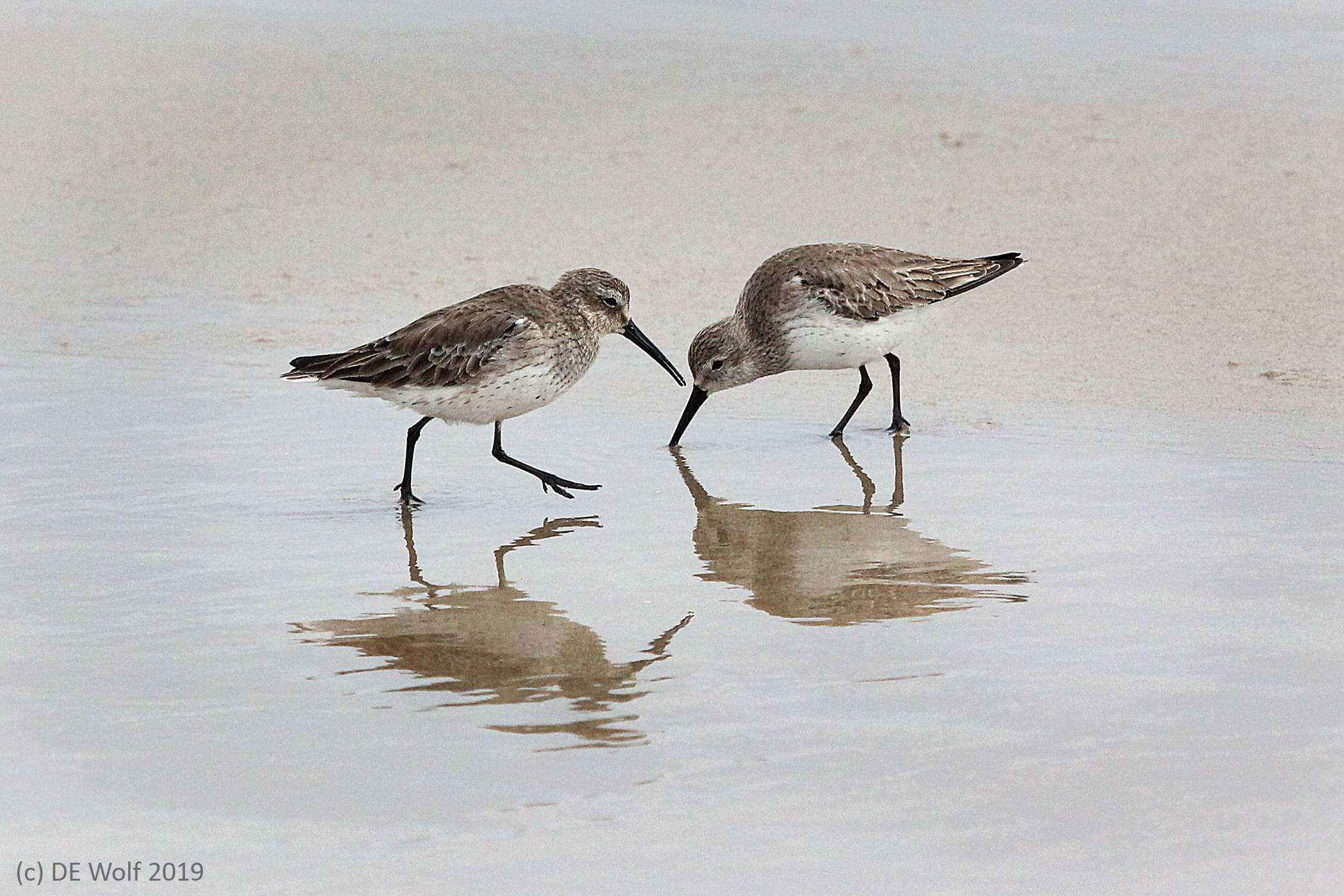Figure 1 shows a pair of sanderlings, Calidris alba, that I took on Saturday during my trip to Plum Island in Newburyport, MA. These are the common sandpipers of the eastern coast of North America. In fact, the Sanderling is one of the world’s most widespread shorebirds. While they nest only in the High Arctic, in fall and winter you can find them on nearly all temperate and tropical sandy beaches throughout the world. Despite this, the sanderling population has decreased by as much as eighty percent since the early 1970’s. They are assaulted by climate change both in their feeding and breeding grounds and by human encroachment.
To watch these little sandpipers pipe in the sand at the water’s edge is truly a gift. The beach is never silent, but it is so easy to become mesmerized by sand and surf and to watch these little birds endlessly, or until something spooks them and the whole flock disappears in an instance. Beaches truly are magical places, where you don’t even have to shut your eyes to be transported back in time to the age of the pterodactyls, the great soaring dinosaurs. Here truly are their descendants.
I spoke yesterday of the magic of Avalon. One of my friends said to me, “Too bad it isn’t true. That the magic isn’t real.” To that the response must be that Avalon is not a physical place, but it is real, it is in your heart. The sandpiper, the beach, and the mist all bring the magic to your heart.
Canon T2i with EF100-400mm f/4.5-5.6L IS USM lens at 235 mm, ISO 1600, Aperture Priority AE Mode, 1/4000th sec at f/7.1 with -1 exposure compensation.

